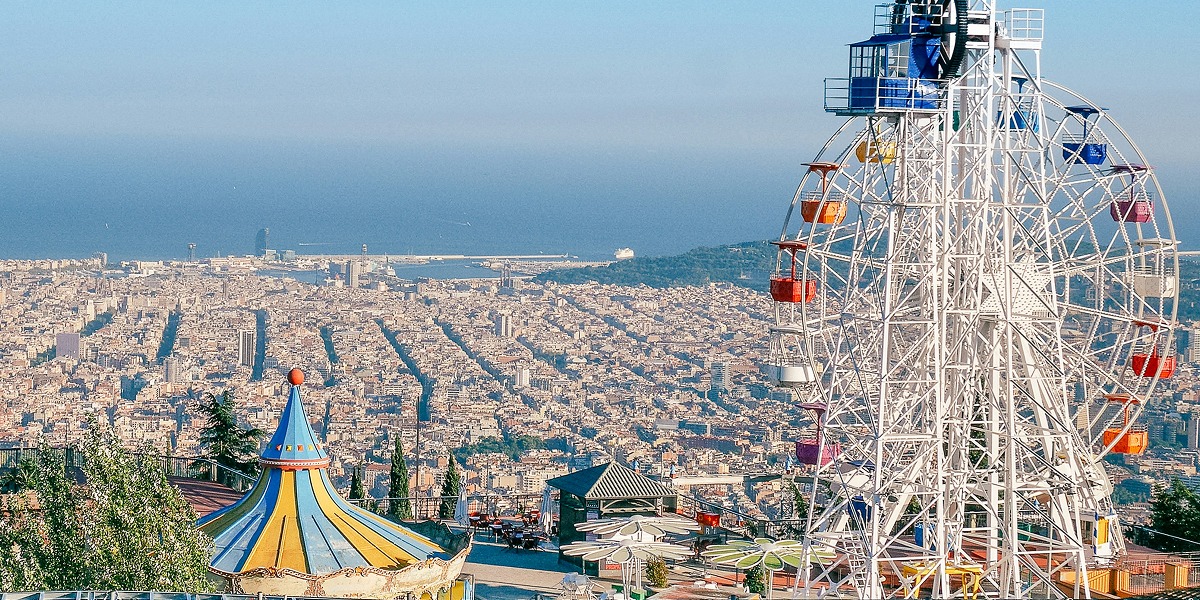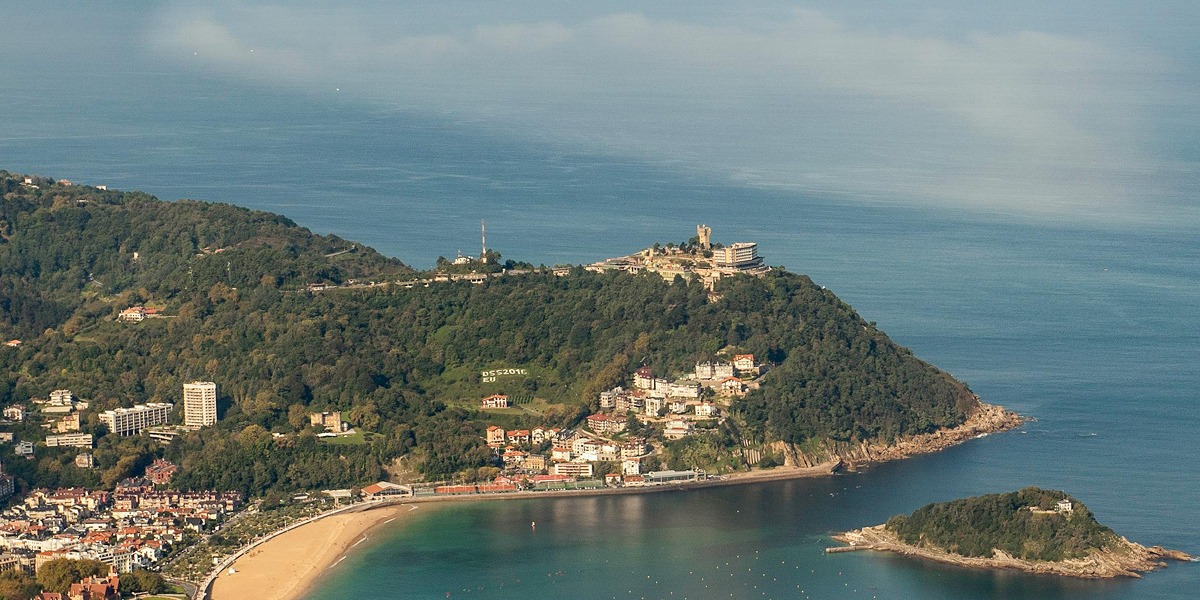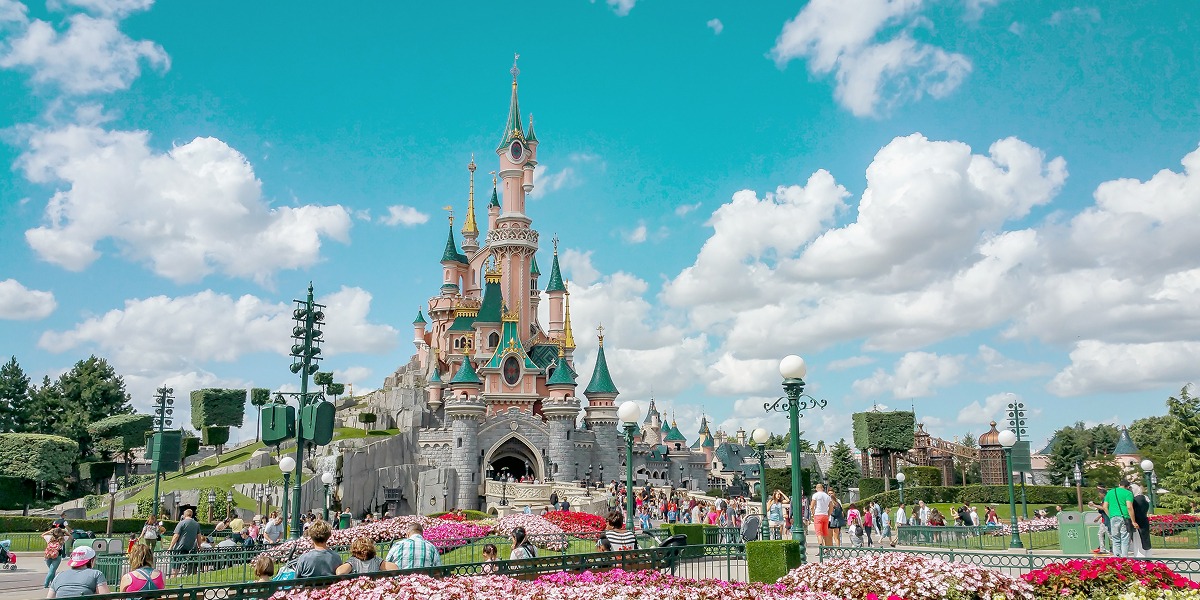For more than five centuries, amusement parks have been synonymous with impressive engineering feats, anecdotes, and—above all—a burning passion for memory making. In this blog, you’ll discover what theme parks are, where the first theme park was established, how amusement parks transformed over the course of the 20th century and the role PortAventura World has played in this thrilling journey.
How did amusement parks come to be?
Amusement parks existed long before the first roller coaster was developed. The world’s first amusement park was Denmark’s Bakken, which opened in 1583 on a plot of land next to a natural spring whose reputed healing powers was a major attraction for Copenhagen’s residents. Over time, it evolved into an amusement park with musicians, puppeteers and exciting new attractions, establishing itself as a major entertainment hub in this slice of Scandinavia.
Following in the footsteps of Bakken, other nations decided to build their own amusement parks to bring modern leisure experiences to their people. Tibidabo, which opened in Barcelona in 1901, is the oldest amusement park in Spain and one of the oldest in Europe.






